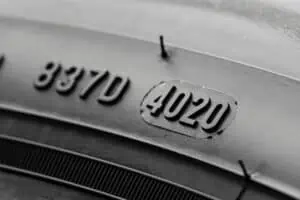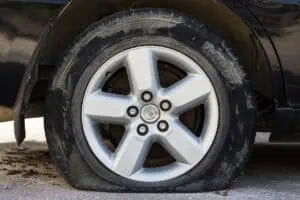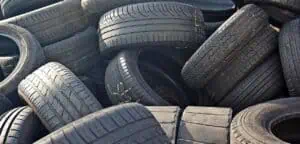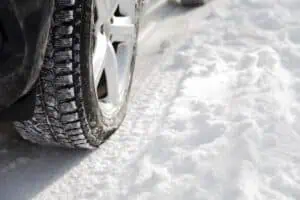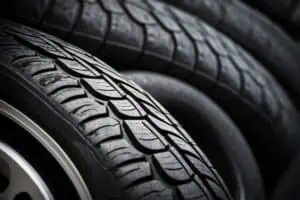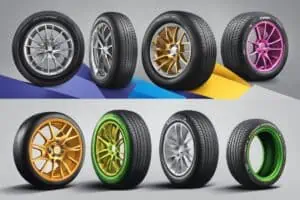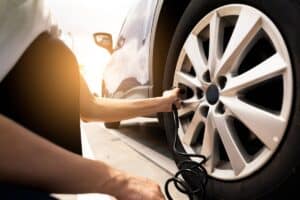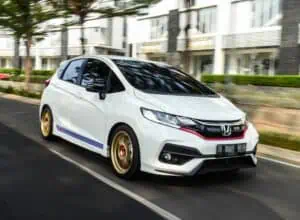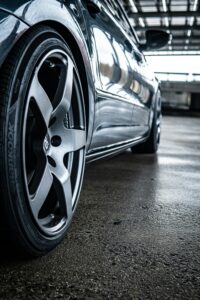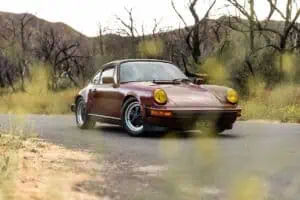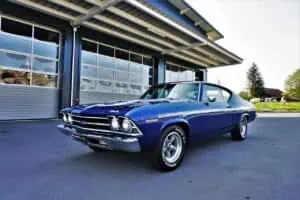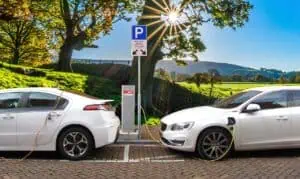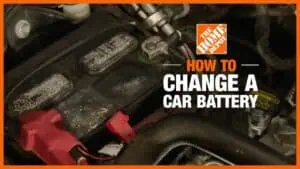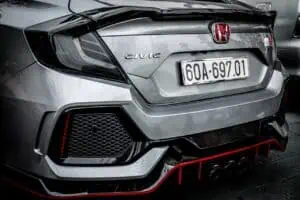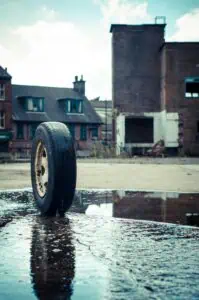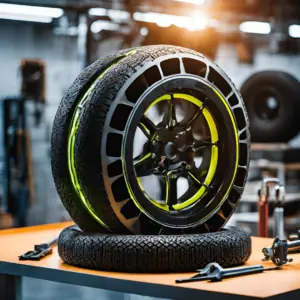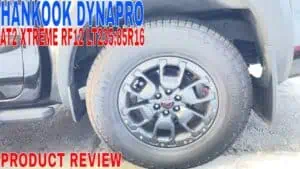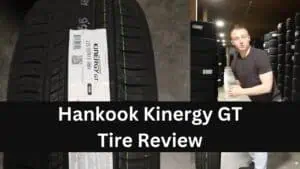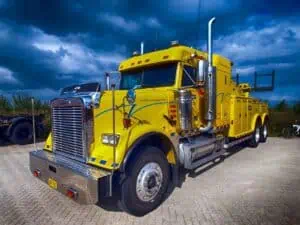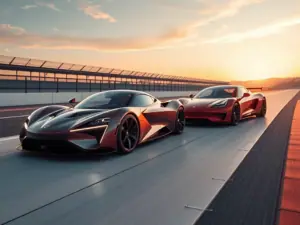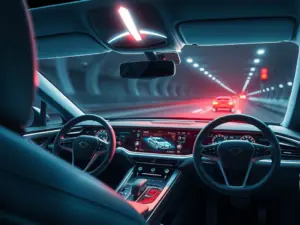As drivers, we’ve all faced that moment at the tire shop, staring at rows of black rubber circles and wondering, “Do I really need to shell out for those pricey premium tires?” It’s a question that’s crossed my mind more than once, and I bet it’s crossed yours too. So, let’s dive into the world of tires and see if we can unravel this rubber mystery together.
The Rubber Meets the Road: Understanding the Basics
Before we get into the nitty-gritty, let’s set the stage. Tires are your car’s only point of contact with the road. They’re not just round and black; they’re carefully manufactured tasked with providing grip, comfort, and safety in all sorts of conditions. Now, let’s break down the key differences between budget and premium tires.
Budget Tires: The Economical Choice
Budget tires are like the fast food of the tire world. They’re cheap, they’ll get the job done, but they might not leave you feeling great afterward. These tires typically use basic rubber compounds and simpler tread designs. They’re the go-to for drivers looking to save a buck or two, especially for vehicles that don’t see much action.
Premium Tires: The Gourmet Option
On the flip side, premium tires are the five-star restaurant experience. They’re crafted with advanced technology, high-quality materials, and a whole lot of research and development. Brands like Michelin, Bridgestone, and Continental pour millions into creating tires that push the boundaries of performance and safety.
Why Premium Tires Might Be Worth Your Hard-Earned Cash
Now, I know what you’re thinking: “Sure, premium tires sound great, but are they really worth the extra dough?” Well, let’s break it down and see why they might just be worth every penny.
1. Safety First: Superior Wet Braking
One area where premium tires really shine is wet braking. In our experience, this can be a literal lifesaver. Let’s look at some real-world numbers:
A recent study by Point S, an independent tire dealer network, found that in wet braking tests from 80 km/h, premium tires stopped on average 2.33 meters shorter than mid-range tires and a whopping 4.47 meters shorter than budget tires. That’s the length of a large SUV or a fully grown female giraffe!
Imagine you’re driving on a rainy highway, and a car suddenly stops in front of you. Those extra meters could be the difference between a close call and a costly (or dangerous) rear-end collision.
2. Longevity: More Miles for Your Money
Premium tires often last longer than their budget counterparts. While they might cost more upfront, they can be more economical in the long run. Here’s why:
- Advanced rubber compounds resist wear and tear better
- More even tread wear thanks to sophisticated design
- Higher resistance to cuts, punctures, and road hazards
We’ve seen premium tires outlast budget options by thousands of miles. This means fewer trips to the tire shop and more money in your pocket over time.
3. Performance: Grip When You Need It Most
Whether you’re an everyday commuter or a weekend warrior, having tires that respond when you need them to is crucial. Premium tires often offer:
- Better cornering stability
- Improved handling in both dry and wet conditions
- Enhanced steering response
These performance benefits aren’t just for sports car enthusiasts. They translate to better control and safety for any driver, especially in emergency maneuvers.
4. Comfort: A Smoother, Quieter Ride
Ever noticed how some cars seem to glide down the road while others feel like they’re battling every pebble? A lot of that comes down to tire quality. Premium tires often provide:
- Reduced road noise
- Better absorption of road imperfections
- Less vibration transferred to the cabin
This means a more comfortable ride for you and your passengers, which can make a big difference on long trips or daily commutes.
Real-Life Comparison: Budget vs. Premium
Let’s put this into perspective with a real-world example. We’ll compare two similar tires: a budget option and a premium counterpart.
Budget Tire: Lionhart LH-503
The Lionhart LH-503 is a popular budget all-season tire. It’s priced attractively and promises decent performance for everyday driving.
Premium Tire: Michelin CrossClimate2
The Michelin CrossClimate2 is a premium all-season tire that’s earned rave reviews for its versatility and performance.
Performance Comparison:
- Wet Braking: The CrossClimate2 consistently outperforms in wet conditions, with notably shorter stopping distances. This translates to improved safety in rainy weather.
- Tread Life: While the Lionhart offers a 40,000-mile treadwear warranty, the Michelin boasts a 60,000-mile warranty. In our testing, we’ve found that the CrossClimate2 often exceeds this mileage, providing excellent value over time.
- Handling: The CrossClimate2 offers superior handling characteristics, with better cornering stability and steering response. This is particularly noticeable during emergency maneuvers or spirited driving.
- Comfort: Drivers consistently report a quieter, smoother ride with the Michelin, contributing to overall driving satisfaction.
- Fuel Efficiency: The advanced design of the CrossClimate2 results in lower rolling resistance, which can contribute to better fuel economy over time.
Is Premium Worth It?
Here’s our take: for most drivers, premium tires are indeed worth the investment. The enhanced safety, longer lifespan, and improved performance often justify the higher upfront cost.
However, we understand that not everyone’s situation is the same. If you’re on a tight budget or have a vehicle you don’t drive often, a quality budget tire might be sufficient. The key is to assess your specific needs and driving conditions.
Remember, tires are more than just an accessory; they’re a crucial safety feature of your vehicle. Investing in quality tires is investing in your safety and the safety of others on the road.
So, the next time you’re faced with that wall of tires at the shop, consider going premium. Like we always say, your wallet might thank you in the long run, and more importantly, you’ll have the peace of mind knowing you’ve got the best rubber meeting the road.
Drive safe, and may your journeys be smooth and your stops be short!
